Check out Lobo on YOU TUBE:
•••••••••••••••••••••••••••••••••••••••••••••••••••••••••••••••
www
.youtube.com/user/travelswithlobo
**********************************************************
First Time Reader? ......here is the background to this series of blogs:
http://www.travelpod.com/travel-blog-entries/lobo/9/1233502800/tpod.html
Mexico: 23 Destinations to Spend the Winter Months
Tulum - Mayan Splendour in a Grand Setting
The thrust of this series of blogs – Mexico: 23 Destinations to Spend the Winter Months – has been to examine each destination as a possible long-term stay location for expats.
The last blog: "Puerto Morelos – A Dream Come True" was the 23rd destination, which in effect brings an end to the official part of this series of blogs. The final blog will be to write an epilogue.
But not so fast – going hand in hand with the expat slant the blogs have also highlighted the tourist attractions in each region that were deemed likely to attract the tourist/expat
.
Therefore before writing the epilogue I would like to touch briefly, in separate blogs, on Tulum, Cancun and Isla Mujeres that are located near Carmen del Playa or Puerto Morelos.
For most tourists/expats no visit to the Yucatan peninsula would be complete without taking in some of the Mayan archaeological sites for which the region is so well known.
For a list of archaeological sites in the Yucatan Peninsula check out:
http://www.travelyucatan.com/arc-4.htm
Because of its proximity to the Mayan Riviera, Tulum is an easy visit as it is located 130 km south of Cancun or 63 km south of Playa del Carmen as well as the many resorts along this part of the Caribbean coast.
The attraction of Tulum as an archaeological site lies in its degree of preservation/restoration
. Walking about this site makes it easy to visualize this former Mayan city, as it may have existed during its zenith from 1200 to 1520 when about 500 Mayans lived within its walls.
When the Spaniards arrived in the Yucatan peninsula in 1511 they must have been duly impressed with what they found at Tulum if for no other reason than its spectacular site at the top of a cliff along the azure waters of the Caribbean. That site is worth the trip not to mention the archaeological aspects highlighted by: El Castillo, the Temple of the Frescoes and the Temple of the Descending God.
http://www.differentworld.com/mexico/areas/caribbean-coast/tulum/tulum-mayan-ruins.htm
For a quick history of the Mayan people see:
http://en.wikipedia.org/wiki/Maya_peoples#Yucat.C3.A1n_Peninsula
Our visit to Tulum started with a 45-minute bus ride from Playa del Carmen
. Surprisingly we were dropped off not at the site but on the main highway. That still meant about a fifteen minute walk to get near the Tulum ruins.
As incredible as it may seem we somehow missed the turn to the main entrance and ended up joining a couple from Paris, France who told us that they were headed to a beautiful beach just about a kilometre south of ruins.
Did someone say, “beautiful isolated beach” – hey, the archaeological site can wait. Along the way we enjoyed our conversation in French. Both Barbara and I are fully fluent in French. Mine is more of a French accent from France as a result of the many summer courses I took in France many years ago while Barbara has a cute Quebecois accent from her years spent working in Montreal. While it is a Quebecois accent it is far from being “joual”, the accent of the street or of the working class, which is an accent that very few non-native speakers can master.
Suffice it to say that if you speak French as a non-native speaker it is easier to listen to Parisian French than “joual”
. All this to say that we enjoyed our conversation with the French couple and it was particularly interesting for me to find out that he was an engineer with the Paris Métro or subway which is operated by the RATP or Régie autonome des transports parisiens.
So what is the connection to Mexico?
It seems the STC Metro or Sistema de Transporte Colective Metro of Mexico City, a rubber-tired metro, was built on the Parisian model with French technical support. It was in this context that the French subway engineer came to Mexico City to work on the construction phase of the metro.
It is now the second biggest subway system in North America and fourth largest in the world thanks to a long history of co-operation with France and companies like Altstom, based in France.
Once his work had finished with the STC Metro it was time to go back to France. Apparently it was not that easy as he and his wife had fallen in love with Mexico and came back many times over the years
.
An interesting conversation with nice people in a wonderful place on a brilliantly sunny day made for a special moment. That moment became magic as the path led to a spectacularly isolated beach with white sable sands, gentle dunes and refreshingly green palm tress like I had never seen before.
Visions of an isolated tropical island wafted by gentle trade winds bathed by endless rays of sunshine piercing the blue sky punctuated by white sands reminiscent of fine sugar lapped by gentle waves from an azure sea with the only shade provided by beautiful swaying palm trees all contrived to create a Margaritaville feeling that would have made Jimmy Buffet jealous.
We would rate this the best beach we encountered in Mexico and it should make the “highlight reel” to be included in the epilogue.
The mention of Margaritaville does introduce the concept of commercialism that of course would not be an ingredient of the visionary tropical island I spoke of earlier
. While commercialism exists along here it is kept to a minimum.
Anyone looking for accommodations would likely sleep in something not far removed from a thatched roof hut on the beach on some palm leaf mats – great for backpackers but less so for tourists used to at least a Howard Johnson level of amenities.
Among others we did see the El Paraiso described as a beach club, cabanas and restaurant bar as well as the Hotel and Cabanas Zazil-Kin.
For mixed reviews check out:
http://www.tripadvisor.com/Hotel_Review-g150813-d288594-Reviews-Cabanas_Zazilkin-Tulum_Yucatan_Peninsula.html
After spending about an hour on the beach catching the sun and walking barefoot along the soft sand it was unfortunately time to go and check out the archaeological site of Tulum that I described above.
Feedback: travelswithlobo@yahoo
.com
Coming Soon:
Cancun: Not for Expats but Great for the Younger Crowds
Tulum - Mayan Slendour in a Grand Setting
Tuesday, January 27, 2009
 Tulum, Yucatan Peninsula, Mexico
Tulum, Yucatan Peninsula, Mexico
Other Entries
-
174Oaxaca - City of the Four "C"s - Coffee, Chocolate
Jan 1413 days prior Oaxaca, Mexicophoto_camera239videocam 0comment 0
Oaxaca, Mexicophoto_camera239videocam 0comment 0 -
175Oaxaca - Monte Alban
Jan 1611 days prior Oaxaca, Mexicophoto_camera58videocam 0comment 0
Oaxaca, Mexicophoto_camera58videocam 0comment 0 -
176Oaxaca - San Agustin Etla - "Ersatz" Provence
Jan 1611 days prior Oaxaca , Mexicophoto_camera113videocam 0comment 0
Oaxaca , Mexicophoto_camera113videocam 0comment 0 -
177San Cristobal de Las Casas - The Aura
Jan 1710 days prior San Cristobal de las Casas, Mexicophoto_camera83videocam 0comment 0
San Cristobal de las Casas, Mexicophoto_camera83videocam 0comment 0 -
178San Cristobal de Las Casas - Further Reflections
Jan 189 days prior San Cristobal de las Casas, Mexicophoto_camera72videocam 0comment 0
San Cristobal de las Casas, Mexicophoto_camera72videocam 0comment 0 -
179San Cristobal de Las Casas - The Excursions
Jan 189 days prior San Cristobal de las Casas, Mexicophoto_camera142videocam 0comment 0
San Cristobal de las Casas, Mexicophoto_camera142videocam 0comment 0 -
180San Cristobal de Las Casas - Na Bolom Museum
Jan 198 days prior San Cristobal de las Casas, Mexicophoto_camera43videocam 0comment 0
San Cristobal de las Casas, Mexicophoto_camera43videocam 0comment 0 -
181San Cristobal de las Casas - The Market
Jan 207 days prior San Cristobal de las Casas, Mexicophoto_camera36videocam 0comment 0
San Cristobal de las Casas, Mexicophoto_camera36videocam 0comment 0 -
182Campeche - The Cadiz of Mexico
Jan 207 days prior Campeche, Mexicophoto_camera48videocam 0comment 0
Campeche, Mexicophoto_camera48videocam 0comment 0 -
183Campeche - The Malecon
Jan 207 days prior Campeche , Mexicophoto_camera49videocam 0comment 0
Campeche , Mexicophoto_camera49videocam 0comment 0 -
184Campeche - Outside Centro Historico
Jan 216 days prior Campeche , Mexicophoto_camera64videocam 0comment 3
Campeche , Mexicophoto_camera64videocam 0comment 3 -
185Merida - Where Were You On This Day?
Jan 234 days prior Merida, Mexicophoto_camera29videocam 0comment 2
Merida, Mexicophoto_camera29videocam 0comment 2 -
186Merida - High Expectations and First Impressions
Jan 234 days prior Mérida, Mexicophoto_camera95videocam 0comment 0
Mérida, Mexicophoto_camera95videocam 0comment 0 -
187Merida - The Remarkable Paseo de Montejo
Jan 243 days prior Merida, Mexicophoto_camera114videocam 0comment 0
Merida, Mexicophoto_camera114videocam 0comment 0 -
188Playa del Carmen - Is This the Place For You?
Jan 252 days prior Playa del Carmen, Mexicophoto_camera65videocam 0comment 0
Playa del Carmen, Mexicophoto_camera65videocam 0comment 0 -
189Playa del Carmen - the Beach
Jan 252 days prior Playa del Carmen, Mexicophoto_camera56videocam 0comment 0
Playa del Carmen, Mexicophoto_camera56videocam 0comment 0 -
190Puerto Morelos - Dream Come True
Jan 27earlier that day Puerto Morelos, Mexicophoto_camera50videocam 0comment 0
Puerto Morelos, Mexicophoto_camera50videocam 0comment 0 -
191Tulum - Mayan Slendour in a Grand Setting
Jan 27 Tulum, Mexicophoto_camera99videocam 0comment 0
Tulum, Mexicophoto_camera99videocam 0comment 0 -
192Mexico: 23 Destinations - The Epilogue
Jan 18356 days later Victoria, Canadaphoto_camera2videocam 0comment 0
Victoria, Canadaphoto_camera2videocam 0comment 0 -
193After Mexico: What Now?
Jan 22360 days later Victoria, Canadaphoto_camera0videocam 0comment 0
Victoria, Canadaphoto_camera0videocam 0comment 0 -
194Why Panama?
Jan 23361 days later Victoria, Canadaphoto_camera1videocam 0comment 0
Victoria, Canadaphoto_camera1videocam 0comment 0 -
195Panama City - Getting There
Jan 23361 days laterPanamaphoto_camera122videocam 0comment 2 -
196Panama City - The Cinta Costera
Jan 24362 days later Panama City, Panamaphoto_camera47videocam 0comment 4
Panama City, Panamaphoto_camera47videocam 0comment 4 -
197Panama City - Casco Viejo - UNESCO World Hertitage
Jan 25363 days later Panama City, Panamaphoto_camera119videocam 0comment 0
Panama City, Panamaphoto_camera119videocam 0comment 0 -
198Panama City - The Fish Market
Jan 26364 days laterPanamaphoto_camera89videocam 0comment 0 -
199Panama Ctiy: Gran Terminal and the Albrook Mall
Jan 26364 days later Panama City, Panamaphoto_camera61videocam 0comment 5
Panama City, Panamaphoto_camera61videocam 0comment 5 -
200Panama City: Panama Canal
Jan 27365 days later Panama City, Panamaphoto_camera131videocam 0comment 1
Panama City, Panamaphoto_camera131videocam 0comment 1 -
201Panama City: The "Amador" plus Olympic Comments
Jan 27365 days later Panama City, Panamaphoto_camera101videocam 0comment 0
Panama City, Panamaphoto_camera101videocam 0comment 0 -
202Panama City by Night
Jan 30368 days later Panama City, Panamaphoto_camera26videocam 0comment 0
Panama City, Panamaphoto_camera26videocam 0comment 0 -
203Panama City Real Estate
Jan 30368 days later Panama City, Panamaphoto_camera55videocam 0comment 1
Panama City, Panamaphoto_camera55videocam 0comment 1 -
204Panama City: Trump Ocean Club and Cerro Ancon
Jan 30368 days later Panama City, Panamaphoto_camera146videocam 0comment 0
Panama City, Panamaphoto_camera146videocam 0comment 0 -
205Playa Blanca - The Best Beach on the West Coast
Jan 31369 days later Panama City, Panamaphoto_camera62videocam 0comment 3
Panama City, Panamaphoto_camera62videocam 0comment 3 -
206Coronado: The Crown Jewel of Expat Living
Feb 02371 days later Panama City, Panamaphoto_camera121videocam 0comment 0
Panama City, Panamaphoto_camera121videocam 0comment 0 -
207Coronado: Lobo's Featured Expats
Feb 02371 days later Panama City, Panamaphoto_camera5videocam 0comment 0
Panama City, Panamaphoto_camera5videocam 0comment 0 -
208La Valle de Anton - Life in a Cool Crater
Feb 04373 days later El Valle de Anton, Panamaphoto_camera126videocam 0comment 0
El Valle de Anton, Panamaphoto_camera126videocam 0comment 0 -
209El Valle de Anton - Lobo's Featured Expats
Feb 04373 days later El Valle de Anton, Panamaphoto_camera6videocam 0comment 0
El Valle de Anton, Panamaphoto_camera6videocam 0comment 0

 Tulum, Yucatan Peninsula, Mexico
Tulum, Yucatan Peninsula, Mexico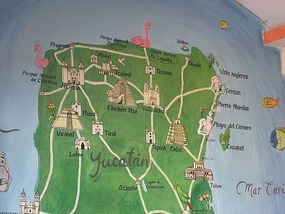
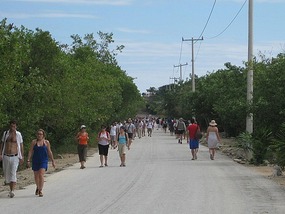
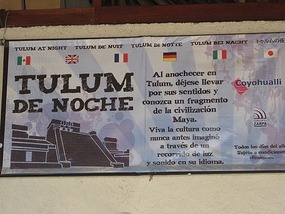
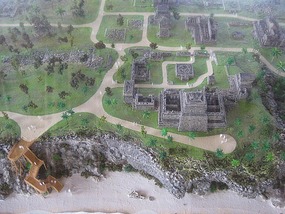
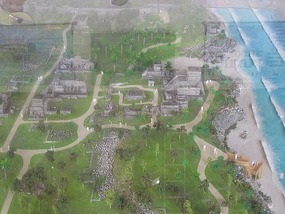
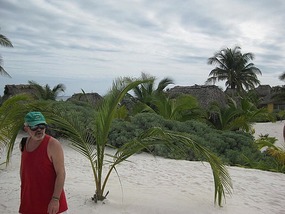
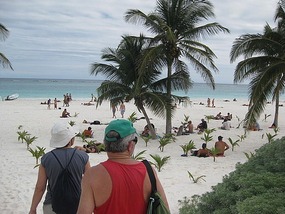
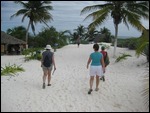



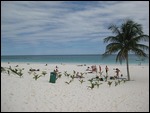
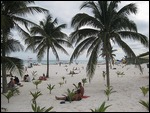
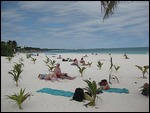
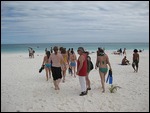
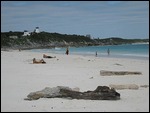
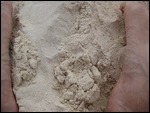
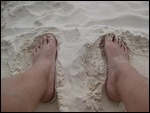
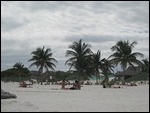
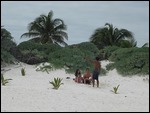
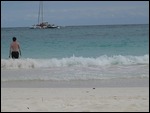
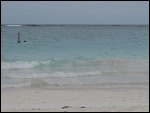
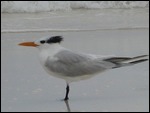
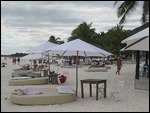
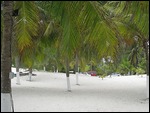
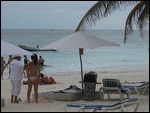
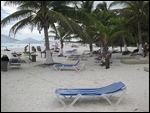

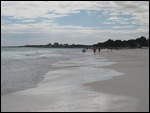
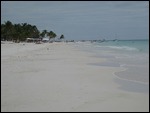
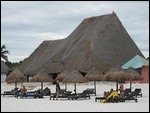
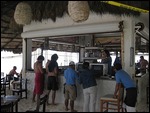
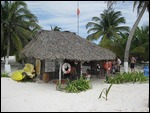
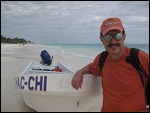
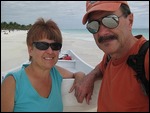

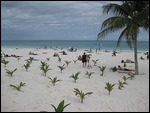
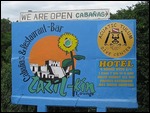
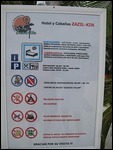
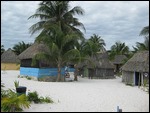
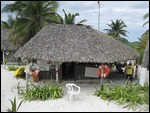

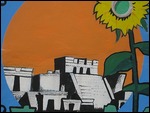
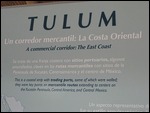
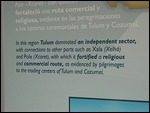
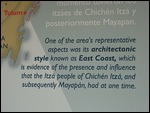
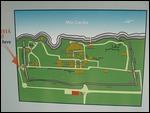
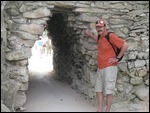
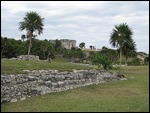
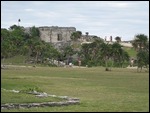
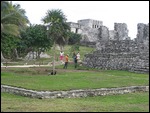
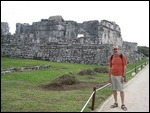

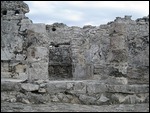
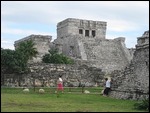
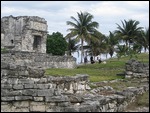
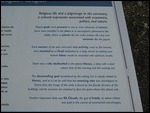
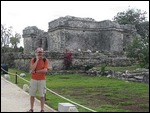
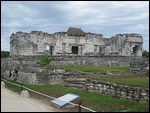
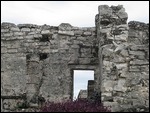
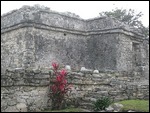
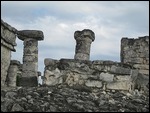

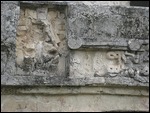
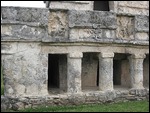
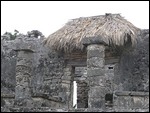
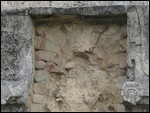

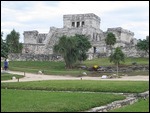
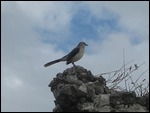

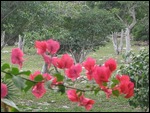

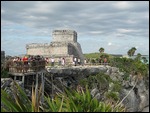
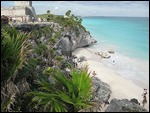
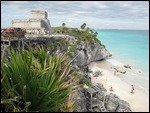

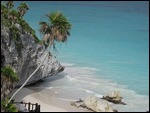
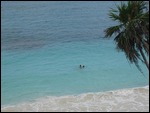
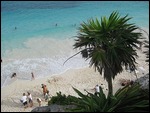
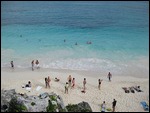
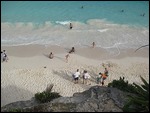
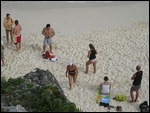
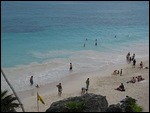
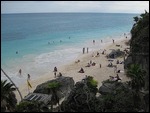
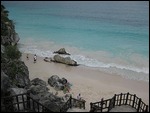
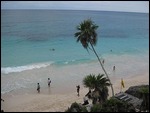
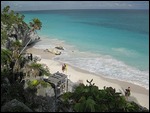
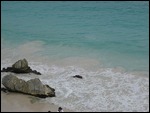
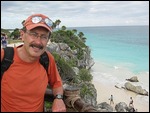
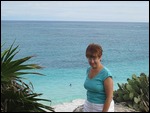
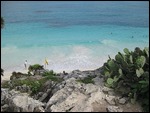

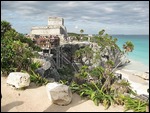
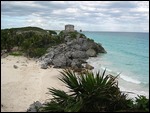
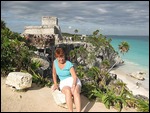
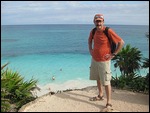
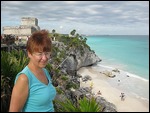
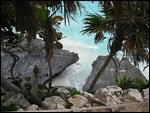
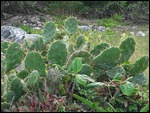


2025-05-22